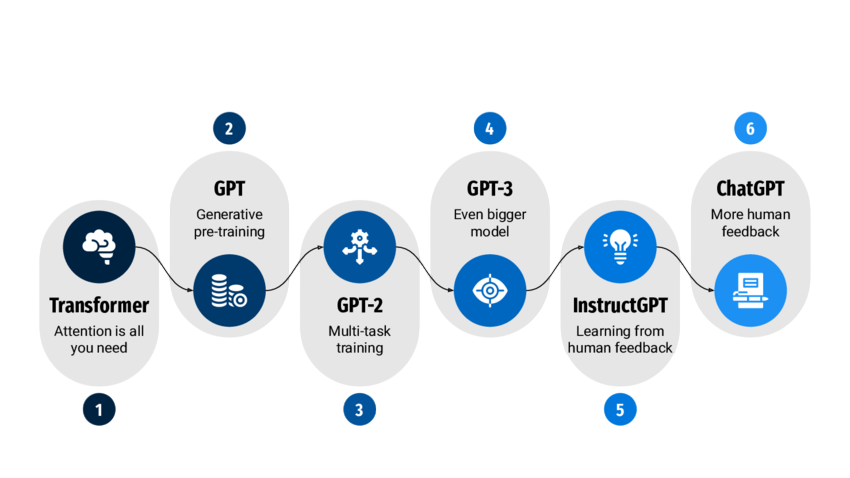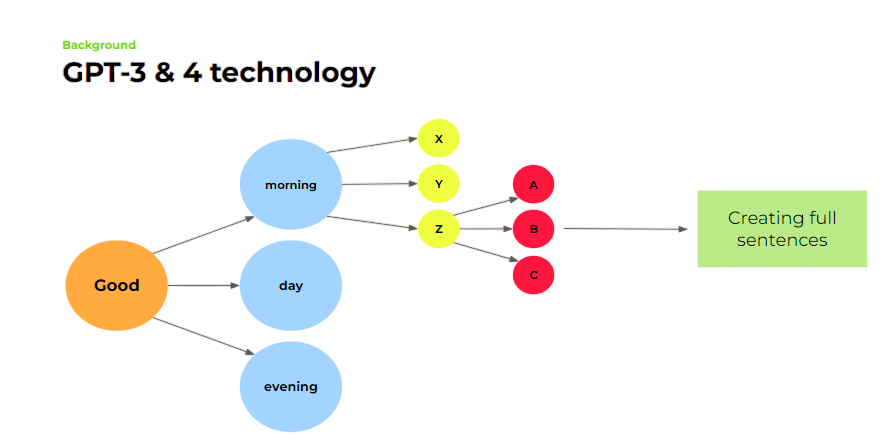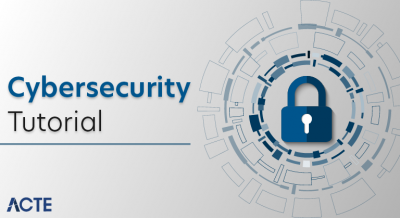
- Overview of GPT-3 and GPT-4
- Evolution of OpenAI’s GPT Models
- Model Size, Layers, and Parameters
- Differences in Dataset Size and Diversity
- Accuracy, Reasoning, and Context Handling
- Text Generation, Code Writing, and Multimodal Features
- Biases, Errors, and Resource Requirements
- Applications Across Industries
- API Availability and Cost Considerations
- GPT-4 Improvements and Next-Generation Expectations
Overview of GPT-3 and GPT-4
GPT-3 and GPT-4 are advanced language models developed by OpenAI, designed to understand and generate human-like text. GPT-3, released in 2020, gained widespread attention for its ability to produce coherent and contextually relevant text across a wide range of topics, powered by 175 billion parameters. GPT-4, its successor, builds on this foundation with improved reasoning, creativity, Artificial Intelligence Training and understanding of nuanced instructions, making it more reliable for complex tasks. Both models are used in applications like chatbots, content generation, coding assistance, and AI research, but GPT-4 demonstrates enhanced performance, reduced biases, and better handling of longer and more intricate contexts.
Evolution of OpenAI’s GPT Models
OpenAI’s GPT (Generative Pre-trained Transformer) models have evolved significantly since their inception, marking major milestones in natural language processing. The journey began with GPT-1, which introduced the concept of pre-training on large text corpora followed by fine-tuning for specific tasks. GPT-2 expanded this approach with 1.5 billion parameters, demonstrating remarkable text generation capabilities that raised What is Artificial Intelligence about the potential and risks of AI-generated content.

GPT-3 scaled up dramatically to 175 billion parameters, enabling highly coherent and context-aware outputs across diverse applications. The latest, GPT-4, further refines reasoning, understanding, and multimodal capabilities, pushing the boundaries of what AI language models can achieve in real-world scenarios.
Ready to Get Certified in Artificial Intelligence ? Explore the Program Now Artificial Intelligence Online Training Offered By ACTE Right Now!
Model Size, Layers, and Parameters
- GPT-3 Model Size: 175 billion parameters, making it one of the largest language models at its release.
- GPT-4 Model Size: Significantly larger and more optimized than GPT-3 (exact parameter count not publicly disclosed), improving reasoning and context handling.
- Layers in GPT-3: 96 transformer layers, enabling deep contextual understanding.
- Layers in GPT-4: Increased or optimized layers for enhanced performance, better handling of complex instructions and long context Artificial Intelligence for Beginners .
- Parameters Definition: Parameters are the model’s learned weights that determine how it interprets and generates text.
- Impact of Size: Larger models generally improve accuracy, coherence, and ability to handle nuanced tasks but require more computational resources.
- Efficiency: GPT-4 uses architectural and training improvements to achieve better results without a proportional increase in resource consumption.
- GPT-3 Dataset Size: Trained on hundreds of billions of tokens from diverse internet sources, including books, websites, and articles.
- GPT-4 Dataset Size: Trained on an even larger and more diverse dataset, including multilingual and multimodal content, improving understanding and generalization.
- Diversity of Content: GPT-4 includes broader topics, more languages, and varied writing styles to handle nuanced queries better A* Algorithm in AI .
- Quality of Data: GPT-4’s dataset emphasizes higher-quality, curated sources to reduce misinformation and improve coherence.
- Impact on Performance: Larger and more diverse datasets allow GPT-4 to generate more accurate, context-aware, and culturally sensitive outputs.
- Specialized Knowledge: GPT-4 can handle complex, domain-specific questions better due to increased coverage in specialized areas.
- Biases: Both GPT-3 and GPT-4 can reflect biases present in their training data, such as gender, cultural, or ideological biases. GPT-4 has improved mitigation strategies to reduce biased outputs.
- Errors: GPT-3 is more prone to generating factual inaccuracies or nonsensical responses in complex scenarios. GPT-4 demonstrates enhanced reasoning, reducing the frequency of errors.
- Resource Requirements – GPT-3: Requires substantial computational power for training and inference due to its 175 billion parameters.
- Robustness: GPT-4 is more robust in handling nuanced prompts, ambiguous queries, and long-context scenarios.
- Responsible Usage: Both models require careful monitoring and human oversight to ensure safe and ethical deployment.
To ExploreArtificial Intelligence in Depth, Check Out Our Comprehensive Artificial Intelligence Online Training To Gain Insights From Our Experts!
AI Movies Based on Real Technologies
Accuracy, Reasoning, and Context Handling
GPT-4 demonstrates significant improvements over GPT-3 in terms of accuracy, reasoning, and context handling. While GPT-3 produces coherent and contextually relevant text, it can sometimes generate incorrect or inconsistent information, especially in complex scenarios. GPT-4 addresses these limitations by better understanding nuanced instructions, maintaining context over longer conversations, Artificial Intelligence Training and providing more reliable outputs. Its enhanced reasoning capabilities allow it to solve complex problems, answer multi-step questions, and perform logical inferences more effectively. These advancements make GPT-4 more suitable for applications requiring precision, critical thinking, Differences in Dataset Size, and extended contextual understanding.
Looking to Master Machine Learning? Discover the Artificial Intelligence Expert Masters Program Training Course Available at ACTE Now!
Text Generation, Code Writing, and Multimodal Features
GPT-4 builds upon GPT-3’s capabilities in text generation, offering more coherent, contextually aware, and creative outputs for a wide range of applications, from content creation to conversational AI. In addition, GPT-4 shows improved proficiency in code writing, enabling developers to generate, debug, and optimize programming code across multiple languages with higher accuracy How to Build a Career in AI and Machine Learning . Unlike GPT-3, GPT-4 also incorporates multimodal features, allowing it to process and generate content based on both text and image inputs, expanding its versatility in applications like image captioning, visual question answering, and interactive AI systems. These enhancements make GPT-4 a more powerful tool for both technical and creative tasks.
Biases, Errors, and Resource Requirements

Applications Across Industries
GPT-3 and GPT-4 have wide-ranging applications across various industries, transforming how businesses and organizations operate. In healthcare, they assist with medical documentation, patient interaction, and research summaries. In finance, they help generate reports, analyze market trends, and automate customer service. The education sector uses these models for personalized tutoring, content generation, and language learning. In technology and software development, Advantages and Disadvantages of Artificial Intelligence GPT models aid in code generation, debugging, Code Writing and documentation. Marketing and creative industries leverage them for copywriting, social media content, and AI-driven design. Across all sectors, these models enhance productivity, efficiency, and innovation by automating complex, language-based tasks.
API Availability and Cost Considerations
Both GPT-3 and GPT-4 are accessible through OpenAI’s API, allowing developers and businesses to integrate advanced language capabilities into their applications without managing complex infrastructure. GPT-3’s API is widely available and has become a popular choice for startups and enterprises due to its relative affordability and ease of use. GPT-4, being more advanced, typically Deep Learning with Apache Spark and Tensorflow with higher costs reflecting its enhanced performance, larger model size, and additional features such as multimodal processing. Pricing structures often depend on usage volume, computational requirements, and access tiers. Organizations must balance the benefits of improved accuracy and capabilities against these costs when choosing which model to deploy.
Preparing for Artificial Intelligence Job Interviews? Have a Look at Our Blog on Artificial Intelligence Interview Questions and Answers To Ace Your Interview!
GPT-4 Improvements and Next-Generation Expectations
GPT-4 introduces significant improvements over its predecessor, GPT-3, including enhanced reasoning, better contextual understanding, reduced biases, and the ability to handle multimodal inputs such as text and images. These enhancements make it more reliable for complex tasks, from code generation to creative content creation and advanced problem-solving. Looking ahead, next-generation GPT Artificial Intelligence Training models are expected to push the boundaries even further, Code Writing ,with greater efficiency, improved safety measures, deeper understanding of nuanced instructions, and broader multimodal capabilities. These advancements promise to expand AI applications across industries, enabling more intelligent, interactive, and human-like AI systems in the near future.




